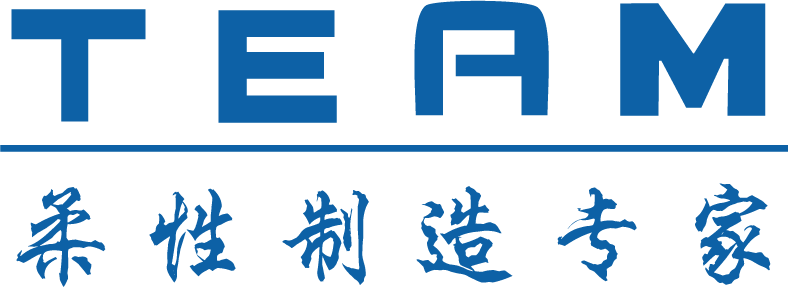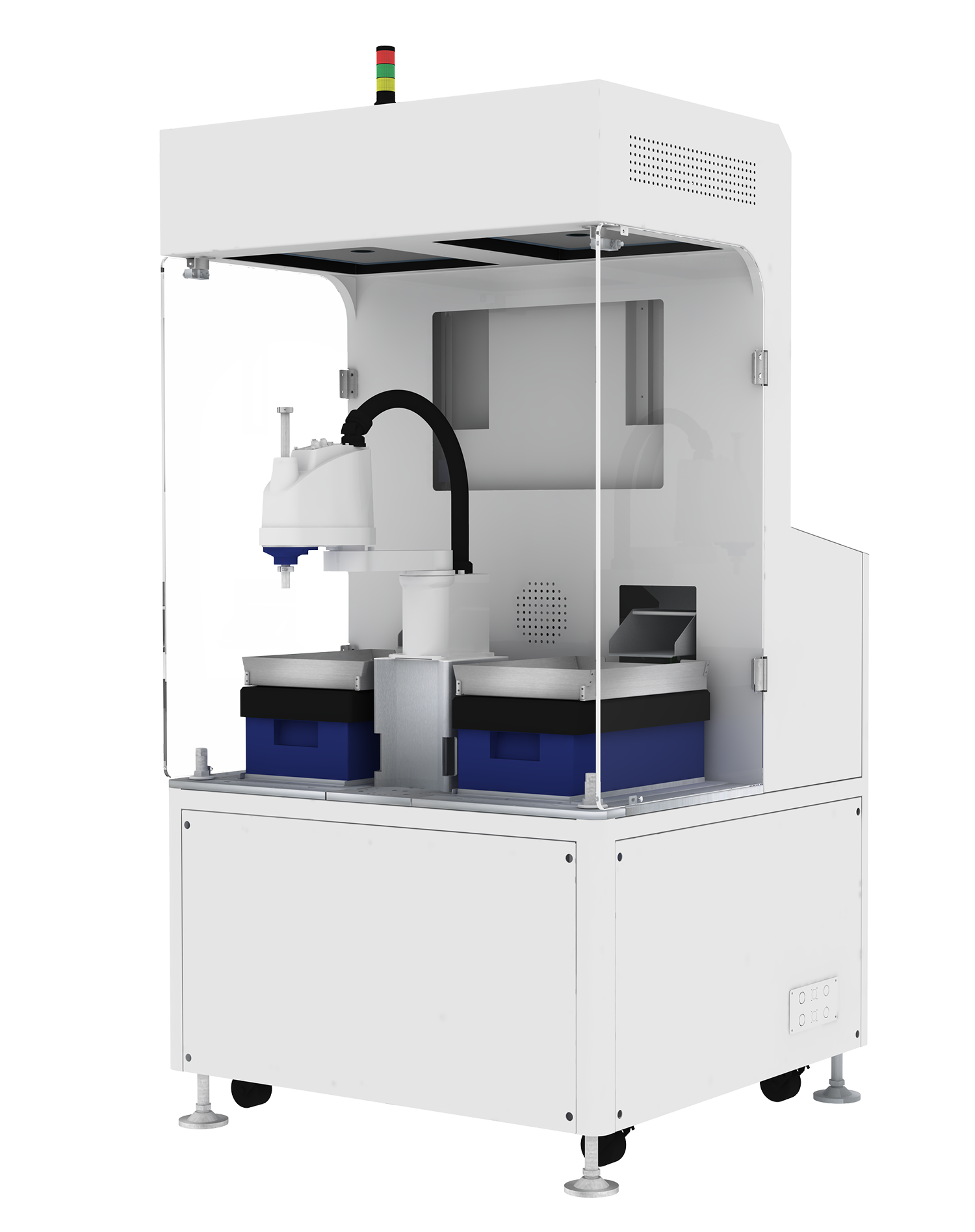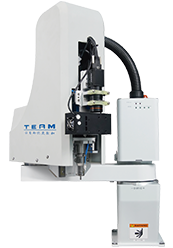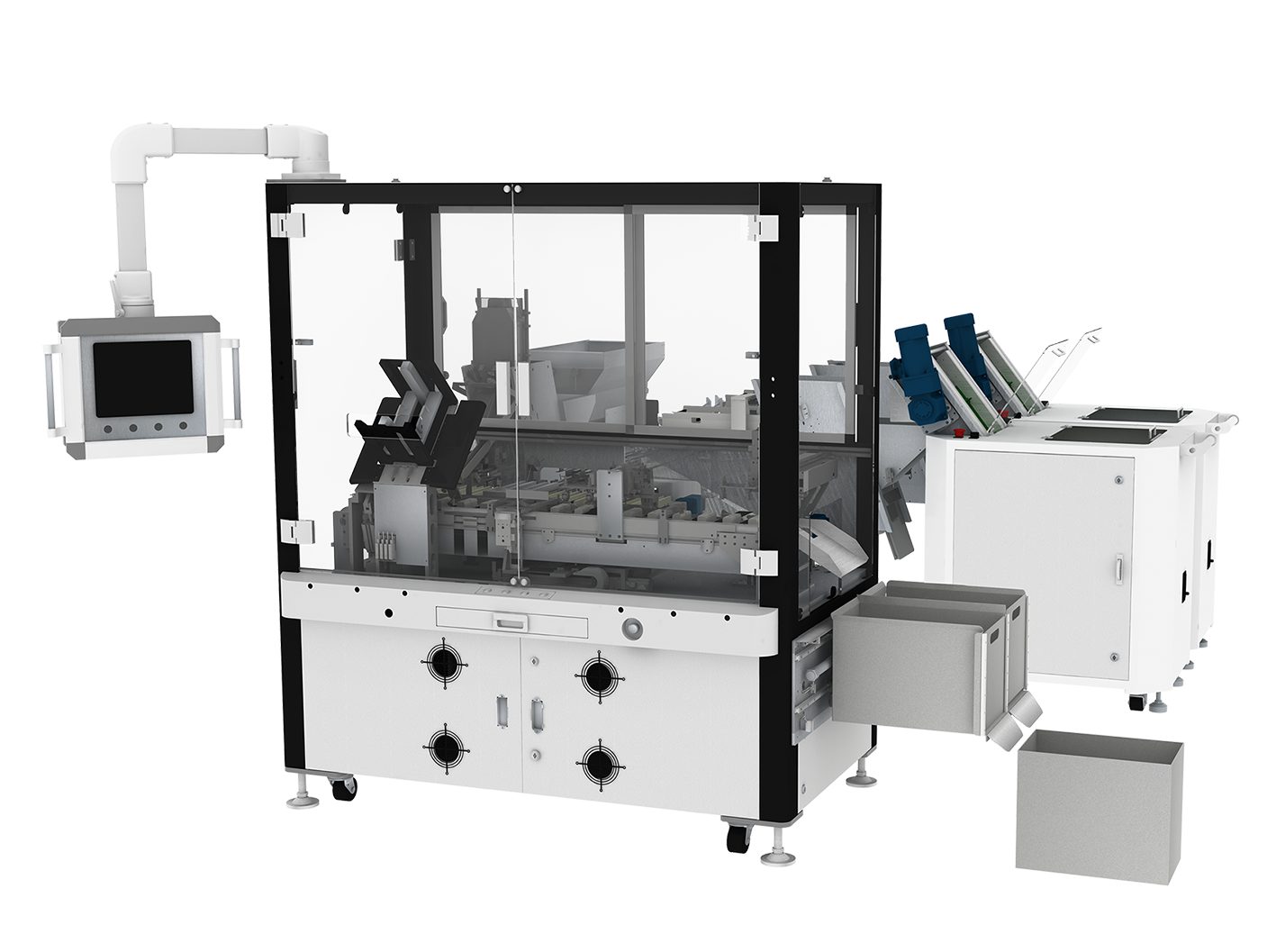How do you assess whether an automation solution is effective? Currently, most companies' evaluation standards have their shortcomings, often merely categorizing criteria into technical and business aspects. However, production and operations are dynamic processes, and automation involves more than just a few machines. It relates to the future direction of the entire company's production, research and development, and marketing. Establishing a reasonable evaluation standard for automation solutions is more crucial than the automation itself.
A robust evaluation standard must include the following points:
1. Based on Current Needs and Risks
This is where most companies currently focus their evaluation criteria. Key considerations include whether technical requirements can be met—such as precision, cycle time, and production capacity—along with the reliability, usability, rationality, and space requirements of the equipment. Additionally, companies should evaluate the investment cost, return period, and maintenance difficulty.
2. Based on Future Needs and Risks
This aspect must involve senior management. Is there scalability for a piece of equipment or a production line? Will it lead to rigid production processes? Could it hinder new product development? If future orders fluctuate significantly, can the production line adapt flexibly? Is there potential for reuse? This level of evaluation is based on the company’s strategic foresight.
3. Based on Historical Data and Risks
On the surface, many automation solutions appear similar, but the quality of execution relies heavily on details. What works well for one company may be detrimental to another. For instance, one company faced challenges due to a hot and humid production environment, making it hard to recruit workers. They opted for a semi-automated solution due to budget constraints, which seemed cost-effective compared to full automation. However, once implemented, they found that the work environment became even less appealing. With no one to engage with, it was both hot and tedious, leading to further difficulties in retention.
Conclusion
The key takeaway is that automation isn't just about adding a few machines. It signifies a shift in production methodology. Whether it enhances efficiency or complicates operations must be evaluated in light of the company's specific circumstances. The bigger the move, the more cautious one must be.












 Home
Home Products
Products Telephone
Telephone Message
Message



